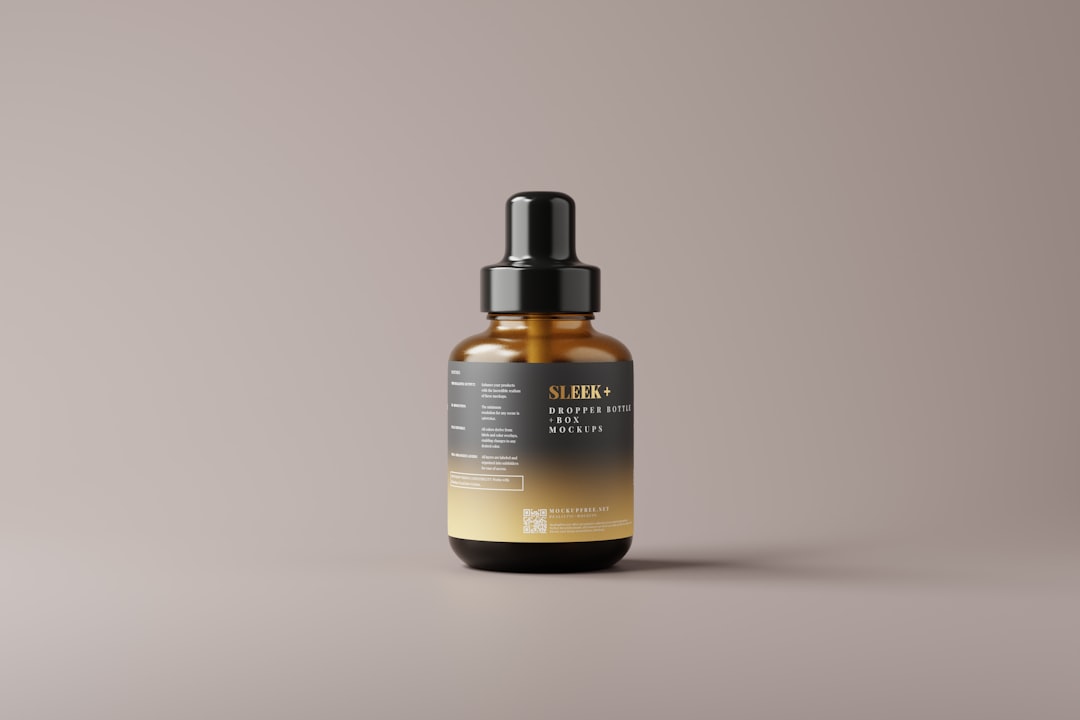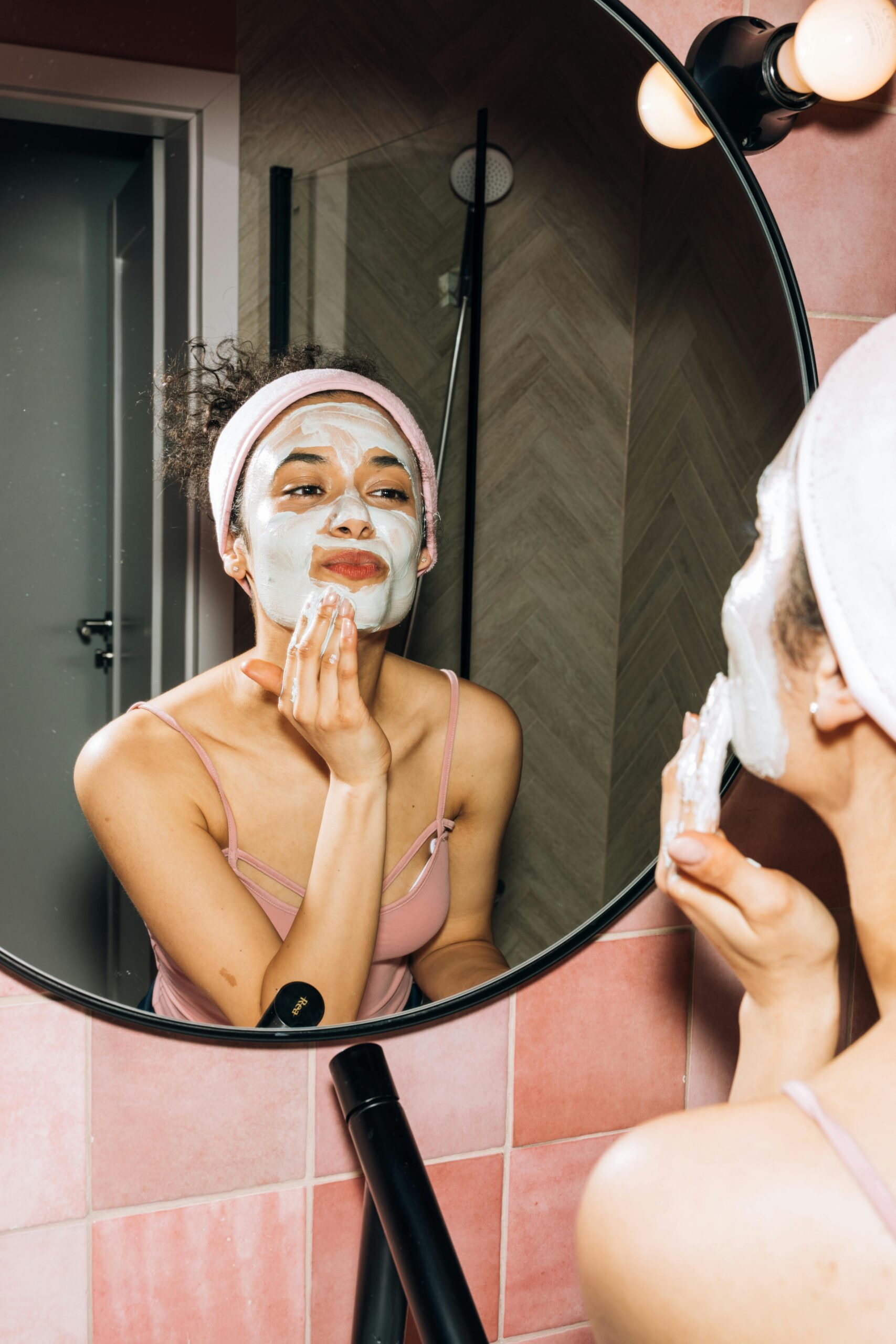Combination skin is a common skin type that is characterized by having both oily and dry areas on the face. Typically, the T-zone (forehead, nose, and chin) tends to be oily, while the cheeks are dry. This can make finding the right skincare products a bit challenging, as you need to address both oily and dry areas without exacerbating either condition. People with combination skin may also experience occasional breakouts and enlarged pores in the oily areas, while the dry areas may feel tight and flaky. It’s important to understand your skin type in order to choose the right products that will effectively address your specific concerns.
Combination skin requires a balanced approach to skincare, as using products that are too heavy can exacerbate oiliness, while using products that are too drying can worsen dryness. It’s important to find products that can help regulate oil production in the T-zone while providing adequate hydration to the dry areas. Additionally, incorporating ingredients that can help minimize the appearance of pores and prevent breakouts is essential for maintaining clear and balanced skin. Understanding the unique needs of combination skin is crucial when selecting skincare products, including retinol serums and creams.
Summary
- Combination skin is characterized by having both oily and dry areas on the face
- Retinol can help improve the appearance of fine lines, wrinkles, and uneven skin tone for combination skin
- When choosing retinol serums and creams, consider the concentration of retinol and other ingredients
- Some top retinol serums for combination skin include [product names]
- Some top retinol creams for combination skin include [product names]
- Start by using retinol products 1-2 times a week and gradually increase frequency to avoid irritation
- Achieve balanced and radiant skin with retinol by incorporating it into your skincare routine and being consistent with its use
Benefits of Retinol for Combination Skin
Retinol is a derivative of vitamin A and is known for its powerful anti-aging properties. It is a versatile ingredient that offers a wide range of benefits for combination skin. Firstly, retinol helps to stimulate collagen production, which can improve the overall texture and firmness of the skin. This is particularly beneficial for combination skin, as it can help address both oily and dry areas by promoting a more balanced and even complexion. Additionally, retinol can help to unclog pores and reduce the appearance of enlarged pores, which is a common concern for those with combination skin.
Furthermore, retinol has exfoliating properties that can help to slough off dead skin cells, revealing a smoother and more radiant complexion. This is especially beneficial for the dry areas of combination skin, as it can help to alleviate flakiness and rough texture. Retinol also has the ability to regulate oil production, making it an ideal ingredient for addressing the excess oiliness in the T-zone. By incorporating retinol into your skincare routine, you can effectively target multiple concerns associated with combination skin, including uneven texture, enlarged pores, and excess oil production.
Factors to Consider When Choosing Retinol Serums and Creams
When choosing retinol serums and creams for combination skin, there are several factors to consider to ensure that you select the most suitable products for your specific needs. Firstly, it’s important to look for formulations that are lightweight and non-comedogenic, as heavy or pore-clogging products can exacerbate oiliness and lead to breakouts in the T-zone. Additionally, opt for retinol products that are formulated with hydrating ingredients such as hyaluronic acid or glycerin to provide adequate moisture to the dry areas without feeling greasy.
Furthermore, consider the concentration of retinol in the product, as higher concentrations may be too harsh for sensitive or dry areas of combination skin. It’s best to start with a lower concentration and gradually increase as your skin builds tolerance. Look for retinol products that also contain soothing and anti-inflammatory ingredients such as chamomile or niacinamide to help minimize potential irritation and redness. Lastly, consider the packaging of the product, as airless pumps or opaque tubes can help to maintain the stability and efficacy of retinol by protecting it from light and air.
Top Retinol Serums for Combination Skin
1. Paula’s Choice 1% Retinol Treatment: This lightweight serum contains 1% retinol, making it suitable for those with combination skin. It also contains peptides and antioxidants to help improve the overall health and resilience of the skin.
2. The Ordinary Retinol 0.5% in Squalane: This affordable option is formulated with 0.5% retinol in a hydrating squalane base, making it ideal for addressing both oily and dry areas of combination skin.
Top Retinol Creams for Combination Skin
1. Neutrogena Rapid Wrinkle Repair Regenerating Cream: This moisturizing cream contains a fast-acting retinol formula that helps to reduce the appearance of fine lines and wrinkles while providing hydration to dry areas.
2. Olay Regenerist Retinol 24 Night Moisturizer: This fragrance-free cream is formulated with a blend of retinol and vitamin B3 to deliver powerful anti-aging benefits while hydrating and nourishing the skin.
Tips for Incorporating Retinol into Your Skincare Routine

When incorporating retinol into your skincare routine for combination skin, it’s important to start slowly and gradually increase frequency to allow your skin to acclimate to the ingredient. Begin by using retinol 1-2 times a week and gradually increase as tolerated. It’s also essential to use sunscreen daily, as retinol can make the skin more sensitive to UV rays. Additionally, consider using a gentle cleanser and moisturizer that are suitable for combination skin to complement your retinol treatment.
Furthermore, avoid using other exfoliating products such as scrubs or acids on the same days that you use retinol, as this can increase the risk of irritation. If you experience any redness or flaking, reduce the frequency of retinol use and focus on hydrating and soothing the skin with gentle products. Lastly, be patient and consistent with your retinol routine, as it can take several weeks to see visible improvements in the texture and overall appearance of your skin.
Achieving Balanced and Radiant Skin with Retinol
In conclusion, retinol is a highly effective ingredient for addressing the multiple concerns associated with combination skin. Its ability to regulate oil production, minimize the appearance of pores, and improve overall texture makes it an ideal choice for those with combination skin. By selecting lightweight and hydrating retinol serums and creams that are formulated with soothing ingredients, you can effectively target both oily and dry areas without exacerbating either condition.
When incorporating retinol into your skincare routine, it’s important to start slowly and be consistent with your usage to allow your skin to adjust to the ingredient. With patience and proper care, you can achieve balanced and radiant skin with the help of retinol, ultimately improving the overall health and appearance of your complexion.
Certainly! Here’s the paragraph with the related article included as an tag:
If you’re looking to achieve a natural glow without makeup, you might be interested in learning more about the benefits of professional facials. Professional facials can help improve skin texture and tone, leaving you with a radiant complexion. Additionally, understanding how your cleanser can affect your skin’s pH is crucial for maintaining healthy and balanced skin. To complement your skincare routine, consider exploring how to achieve a natural glow without makeup for more tips on enhancing your skin’s natural radiance.
FAQs
What is retinol and how does it benefit combination skin?
Retinol is a form of vitamin A that is known for its anti-aging properties. It can help improve the appearance of fine lines, wrinkles, and uneven skin tone, making it beneficial for combination skin that may have both oily and dry areas.
How should retinol serums and creams be used for combination skin?
Retinol serums and creams should be used as part of a nighttime skincare routine. It is important to start with a lower concentration and gradually increase as the skin builds tolerance. It is also recommended to use a moisturizer to prevent dryness and irritation.
What are the best retinol serums and creams for combination skin?
The best retinol serums and creams for combination skin are those that are formulated to be non-comedogenic and lightweight. Look for products that contain a lower concentration of retinol, such as 0.25% to 0.5%, to avoid over-drying the skin.
Are there any potential side effects of using retinol on combination skin?
Some potential side effects of using retinol on combination skin include dryness, redness, and flakiness. It is important to start with a lower concentration and gradually increase to allow the skin to adjust. Using a moisturizer and sunscreen can also help minimize these side effects.
Can retinol be used in conjunction with other skincare products for combination skin?
Retinol can be used in conjunction with other skincare products for combination skin, such as moisturizers and serums. However, it is important to avoid using products that contain ingredients that may cause irritation or dryness, such as exfoliating acids or harsh cleansers.




